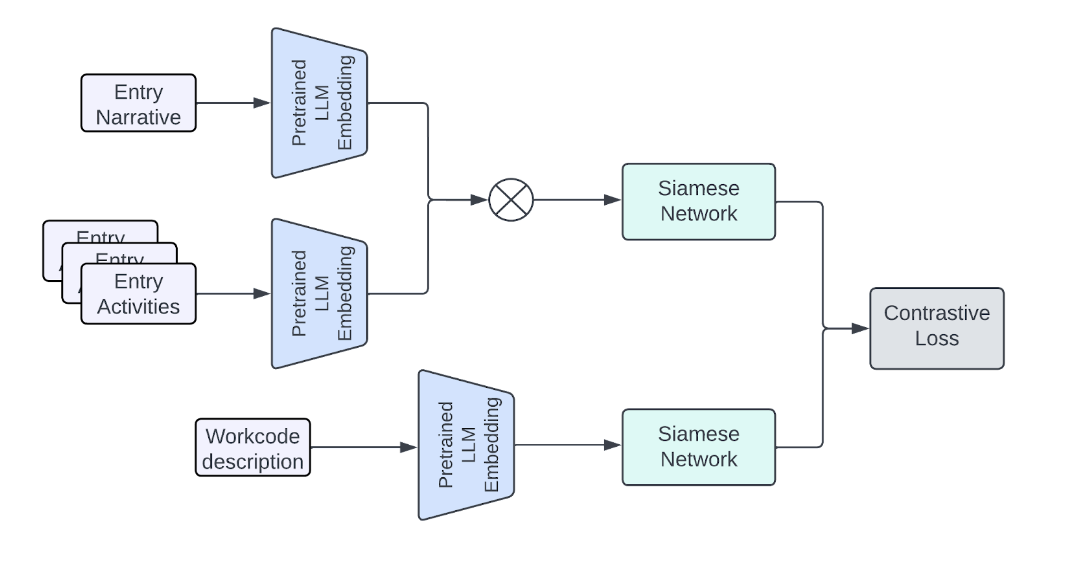
Artificial Intelligence (AI).
Fixed rules.
Machine learning (ML).
You’ve seen these terms thrown around a lot in legal tech. But what do they really mean? And how are they different from each other?
AI is an expansive field with many subfields and applications. Although both machine learning and fixed rules fall under its umbrella, they’re vastly different.
Let’s break these terms down in plainspeak.
AI mimics human behavior. Machine learning mimics how humans learn. Fixed rules, as the name suggests, follow a set of hard-coded fixed rules.
These differences have implications for effective timekeeping.

Why are rules-based timekeeping tools failing?
Rules-based timekeeping tools are “a digital version of an analog method,” according to the Chief Strategy Officer of a UK Silver Circle firm.
They not only fail to remove the burden of timekeeping from timekeepers, but they also paint an inaccurate, incomplete picture of a firm’s time data that holds the firm back from making effective decisions around pricing, forecasting, and resource allocation.
Here’s why rules-based systems are failing at timekeeping:
- Rules-based timekeeping systems require documents to be stored in the firm’s DMS in order to perform a database lookup and categorize a timekeeper’s activities.
- If an attorney files a document incorrectly in the DMS, that can compound inaccuracies across multiple time entries.
- Often many documents aren't even stored in the DMS or they’re added to it long after the need to contextualize related time entries has passed.
- Rules-based systems force manual filing of emails, which leads to inaccuracies. Because attorneys and secretaries send and receive a high volume of emails, they typically don't file them in real-time as it's a chore to keep up with. Moreover, the risk for misfiling goes up because users are corresponding regarding multiple client matters with one email address. They can file to multiple folder locations and potentially multiple matters, making it difficult to assign time to the correct client matters.
- Rules-based systems cannot predict Phase Task codes. Because timekeepers have to manually enter codes, they may disregard them entirely or enter incorrect codes by mistake, leading to a lack of billing compliance and poor data hygiene.
These limitations of rules-based timekeeping solutions coupled with weak capture functionality and clunky design:
- Place the onus on the timekeeper to manually categorize their time → more time lost to admin tasks means less time for high-value work, leading to demotivation and burnout
- Generate poor quality of time data → poor decisions affect firm goals
- Slow down the speed at which time is released to the billing system → poor financial hygiene aggravates write-offs
- Lead to dismal adoption rates as low as 15% → low or negative ROI on the solution
Using firm and activity-specific machine learning models to truly automate timekeeping
There’s nothing wrong with fixed rules. Problem is, they alone can’t cut it when it comes to automating the dreaded task of timekeeping.
While other timekeeping solutions only use fixed rules, Time by Ping uses a combination of fixed rules and advanced machine learning to automate timekeeping.
We understand that the key to building real automation is in machine systems that can handle the dynamic nature of firms, timekeepers, and clients.
That’s why we have built activity-specific machine learning models that learn to fine-tune to your firm’s needs.
Your firm gets its own machine learning models that learn from your timekeepers’ unique user behavior and keep getting better over time at predicting Client Matters and Phase Task codes.
Each model has been trained to analyze and predict against one type of activity so it can assign with high accuracy, minimizing the need for users to assign or reassign manually.
What does this mean for your firm?
Increase in WIP-to-cash speed: Complete, ready-to-release timecards without DMS dependencies enable attorneys to review and release time faster, with less administrative burden. As a result, time gets into the system faster.
High adoption: Because it saves attorneys time, they love it and actually want to use it.
Accurate and complete time data can be mined and analyzed to drive downstream pricing, resourcing, forecasting, and other firm initiatives.
Machine learning-powered automation combined with smart capture, elegant design, and auto-generated timesheets, delivers impressive results for firms within the first few months of deploying Time by Ping’s Time Automation software:
Freedom for timekeepers
Timekeepers recover 2 hours per week.
Confidence for firms
7.5% more revenue and time released 2x faster.
Trust for clients
Invoices with 3x more detail boost realization rates.
Interested in learning more about Time Automation and how Time by Ping can help your firm boost revenue, retain top talent, and build high-trust relationships with clients? Get in touch with a Time Consultant!
We transform time into strategic revenue with real AI.

We believe that well-spent days lead to well-lived lives.

We obsess over timekeeping so you can keep your time
A fresh start to the week! What needs to be accomplished?

Don’t forget to take moments to stretch, snack, or share funny videos.

You’re halfway through your week. Have you done the important things yet?

The weekend is fast approaching! What are you proud of this week?

It’s Friday! Close your laptop to soak up your surroundings— or keep it open to continue a project you’re passionate about.

Deep breaths. Deep thinking. Deep conversations. (Or, you know, keep things light!)

Close your eyes and think about the week ahead. How will you value your time?

A fresh start to the week! What needs to be accomplished?

Don’t forget to take moments to stretch, snack, or share funny videos.

You’re halfway through your week. Have you done the important things yet?

The weekend is fast approaching! What are you proud of this week?

It’s Friday! Close your laptop to soak up your surroundings— or keep it open to continue a project you’re passionate about.

Deep breaths. Deep thinking. Deep conversations. (Or, you know, keep things light!)

Close your eyes and think about the week ahead. How will you value your time?










